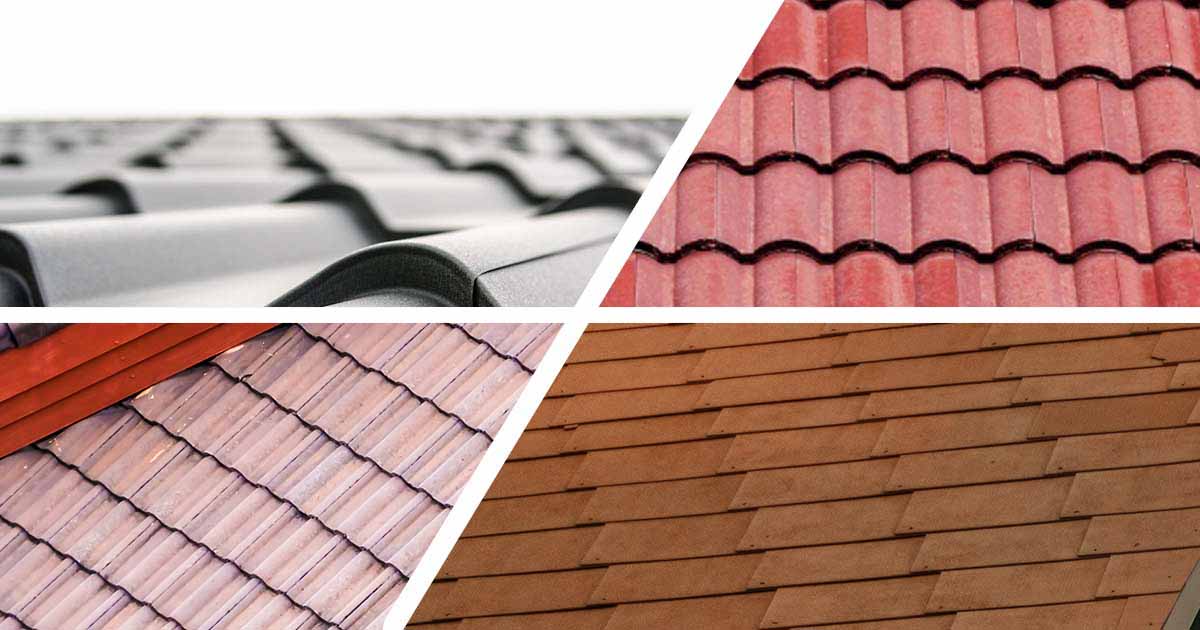Your roof is critical in protecting your home from the elements, including rain, snow, wind, and extreme temperatures. To ensure the longevity and durability of your roof, it’s essential to invest in weather-resistant roofing materials and implement proper maintenance practices.
Here are valuable tips for protecting your home from the elements with weather-resistant roofing solutions.
1. Choose Weather-Resistant Roofing Materials
When selecting roofing materials, choose those designed to withstand your local climate. Popular options include asphalt shingles, metal roofing, clay tiles, and slate. Ensure the chosen material is highly resistant to moisture, UV rays, and temperature fluctuations.
2. Invest in Quality Installation
Even the most weather-resistant roofing materials require proper installation to perform effectively. Hire a professional roofing contractor with expertise in installing the specific roofing material you’ve chosen. A correctly installed roof is less likely to develop leaks and other issues.
3. Regular Roof Inspections
Schedule regular roof inspections, ideally twice a year, to identify and address any damage or wear and tear promptly. Inspections can help you detect missing shingles, cracks, or loose flashing.
4. Maintain Clean Gutters
Clean and maintain your gutters to prevent water from accumulating on your roof. Clogged gutters can lead to water damage, ice dams, and leaks. Regularly remove debris and check for proper drainage.
5. Trim Overhanging Branches
Trim branches that overhang your roof to prevent damage during storms and windy conditions. Falling branches can cause significant roof damage and pose a safety hazard.
6. Install Ice and Water Shields
In regions prone to ice dams and heavy snow, consider installing ice and water shields on your roof. These membranes create an extra layer of protection against water infiltration and ice buildup.
7. Seal Roof Penetrations
Inspect and seal roof penetrations, such as vents, chimneys, and skylights. Proper sealing prevents water from seeping through gaps and causing interior damage.
8. Remove Snow Buildup
After heavy snowfalls, remove excess snow from your roof to prevent the risk of structural damage. Excessive snow accumulation can lead to roof collapse or ice dams.
9. Address Wind Damage Promptly
Strong winds can lift or dislodge roofing materials. After severe storms, inspect your roof for wind damage, and replace or repair any loose or missing shingles immediately.
10. Consider Roof Coatings
Roof coatings can provide an additional layer of protection against UV rays and weathering. Consult with a roofing professional to determine if a coating suits your roof material.
11. Ensure Proper Attic Ventilation
Proper attic ventilation helps regulate temperature and moisture levels in your attic space, preventing issues like condensation and ice dam formation. Adequate ventilation prolongs the life of your roof.
12. Regularly Clean Moss and Algae
In humid climates, moss and algae can grow on your roof, leading to damage over time. Clean your roof surface periodically to remove these organisms and prevent deterioration.
Weather-resistant roofing materials and proper maintenance are essential for protecting your home from the elements. By choosing the right roofing materials, ensuring quality installation, and implementing regular inspections and maintenance, you can extend the life of your roof and maintain a secure and comfortable living environment.
